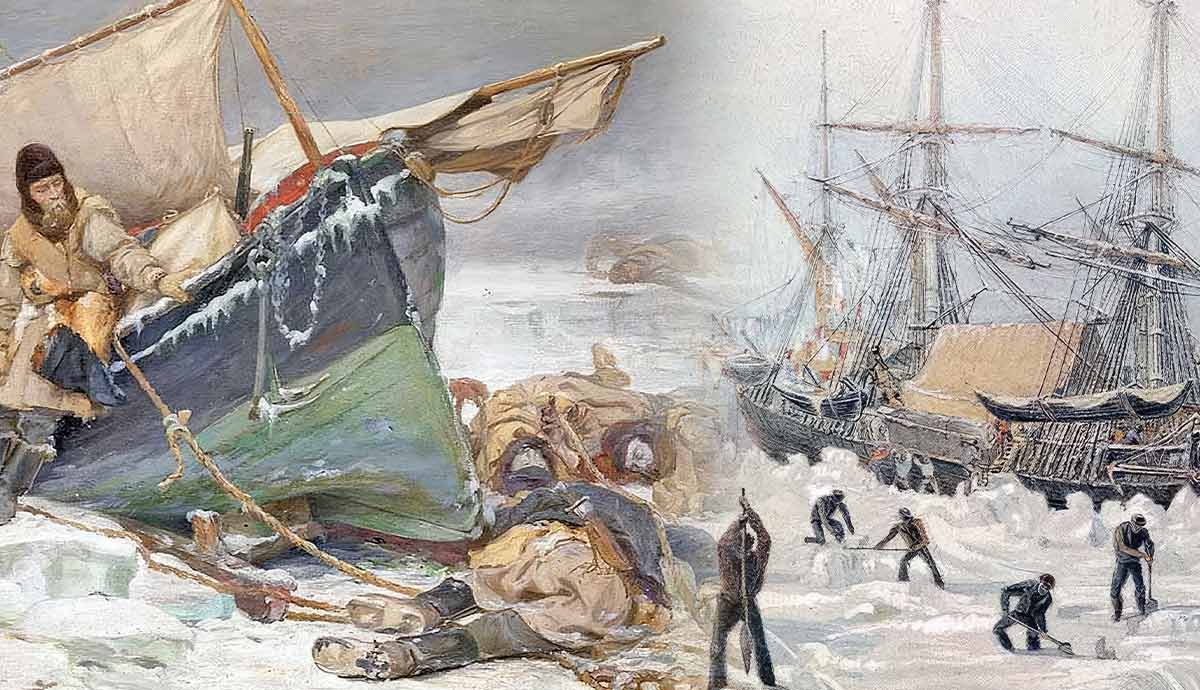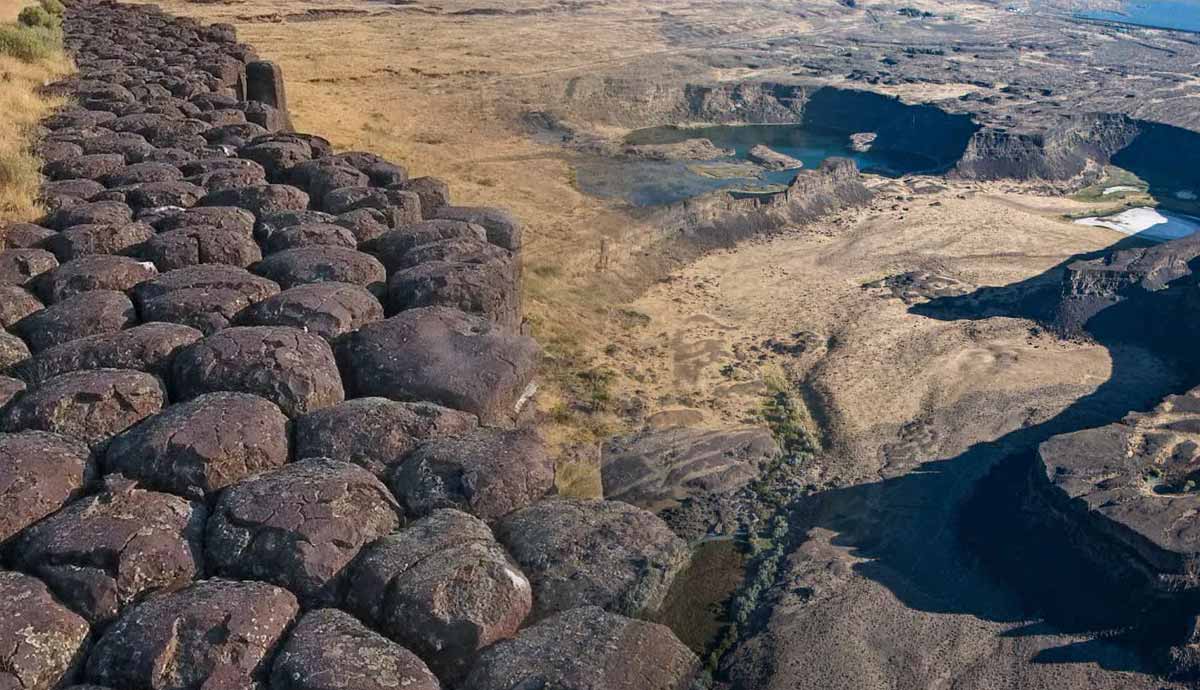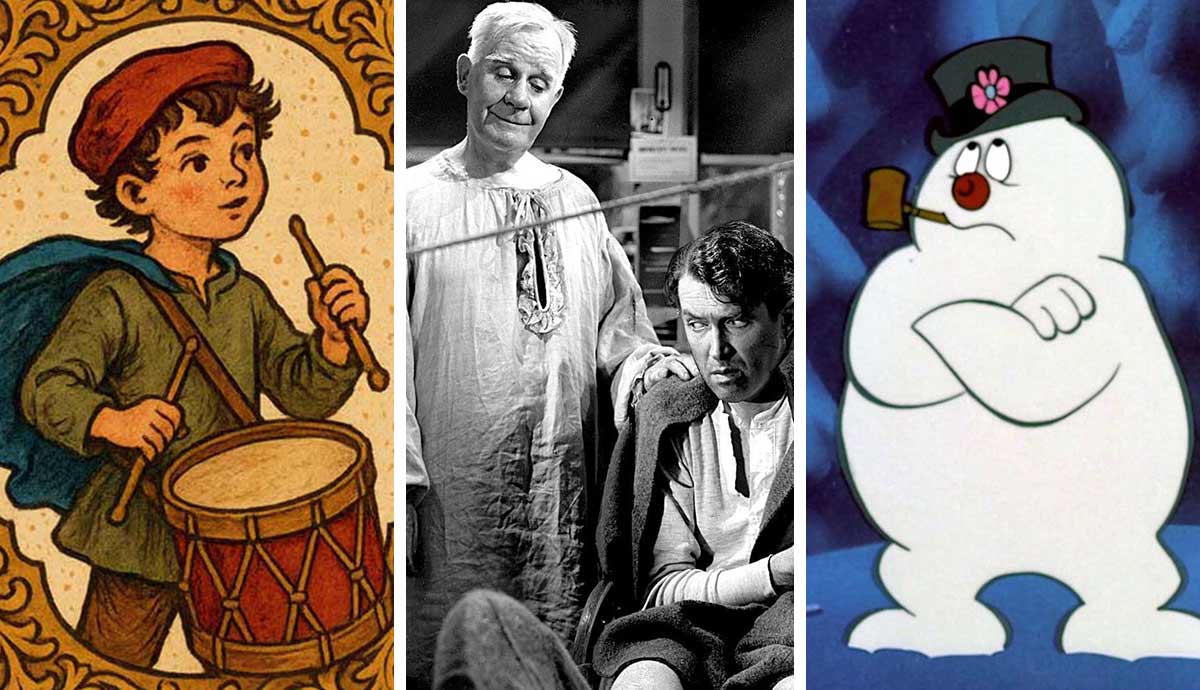
Arctic exploration was all the rage in the mid-1800s, and English adventurer Sir John Franklin was eager to pursue the opportunities that lay within the ice. However, his twin ships, the HMS Erebus and HMS Terror, would soon be locked in the wintry waters, and his crew engaged in a fight for survival.
Preparing for Success

The HMS Terror and HMS Erebus were both English ships, the former built in 1813 and the latter in 1826. They operated independently for the beginning of their careers, with the Terror serving in the War of 1812. Later, both ships were retrofitted and became coldwater exploration vessels. In 1839, they joined together under the command of James Clark Ross for a trip to the Antarctic. After a series of voyages that included a number of accidents with ice locks, icebergs, and even one another, the ships returned to England, where they were repaired and modernized with steam engines and propellers. This was an incredibly innovative move, as propellers were still an experimental measure being tested by the Navy.
The HMS Erebus and HMS Terror would head out on their final voyage in 1845. The sister ships left England on May 19th, led by seasoned polar explorer Sir John Franklin. Franklin and his crew were tasked with locating the Northwest Passage, a sea route from the Atlantic Ocean to Asia. Explorers from various countries pursued the Northwest Passage for over 500 years, but they were unaware that this fabled route would actually be unable to be passed via ship until 2007 due to dense and ever-changing sea ice. In addition to locating the passage, the crew of 129 would be taking magnetic and navigational readings to aid future exploration.

Franklin captained the Erebus, and James Fitzjames served as his second in command. Francis Crozier would captain the Terror, and all three men had made several trips to the Arctic. The ships’ steam engines not only powered the ships but provided heat, and each had a freshwater system on board. Along with three years’ worth of canned provisions, livestock, including cattle, pigs, and chickens, was included on both boats.
After they departed, the ships paused briefly in Western Greenland to take on more supplies. They were later spotted near Baffin Bay, just beyond Greenland’s coast, by two whalers. After this sighting, no Europeans would ever lay eyes on the crew members again, and the ships themselves would go missing for about 170 years.
Running into Trouble

The crew made some progress and spent their first winter of 1845-1846 on Beechey Island, located in the Arctic archipelago of Nunavut. Movement by ship during the Arctic winter was generally impossible due to the closing of the pack ice around the ships. Explorers would have to stop for the winter, often setting up camps on islands or on the ice itself. The Franklin Expedition built three small buildings on the island, along with a cairn, a common way for sailors to leave notes and information for future travelers. The graves of three of Franklin’s crew, bodies intact, were later found on the island.

The loss of men was unsurprising, as the conditions in the Arctic were treacherous, even on the heated ship. Temperatures outside could drop as low as -48 degrees Celsius, or -54.4 degrees Fahrenheit overnight, with winds adding to the chill. Doing anything that caused sweating could be dangerous once the sweat cooled and turned to ice. Using metal navigational and observational instruments could be risky in the cold, and removing outerwear had to be done with care, as simply ripping off a balaclava in the freezing conditions could tear one’s skin off with it. Hypothermia and frostbite, which could lead to gangrene, were always risks in these types of conditions. Scurvy was another concern. A common ailment on ships, scurvy is caused by the lack of vitamin C that a short supply of fruits and vegetables causes. Since no fresh produce could be gathered in the Arctic, this was even more of a concern for this crew. Local native peoples prevented scurvy by eating raw meat, but this technique was unknown to sailors.
The crew spent the next two winters on King William Island, indicating that perhaps the ships were damaged beyond repair during the first winter and unable to move forward or that perhaps the men had been unable to free them completely–the truth wouldn’t be discovered until a note with details was found in 1859. More men, including Franklin himself, would die on King William Island during this time, with Franklin meeting his demise on June 11, 1847. Crozier took command after his death.
Abandoning Ship

A note left in a cairn on King William Island indicated that in April 1848, 105 crewmen remained alive at this point. They decided to leave the island and ship and cross the icy tundra in pursuit of a safe harbor. This further indicates that the ships were inoperable, the note detailing that the ships had been locked in ice since 1846. However, from there, it is unknown what became of the crew. Later, Native Inuit people told searchers that 35-40 white men had died in an area near the Black River, but no bodies were located at the time the searchers were present. Where the rest of the crew ended up is a mystery. It is believed that many died on their march.
Searching for Answers

After two years of not hearing from the Franklin Expedition, the British Admiralty, after much persuasion from Lady Jane Franklin, the captain’s wife, sent a search party out to determine what may have become of the crew. The first search was a failure. Thirty-nine total missions were sent after the expedition, some funded by Mrs. Franklin herself, but it wasn’t until years later that evidence about the crew’s whereabouts began to truly surface.
In 1854, an explorer named John Rae, who was mapping the Arctic coastline, encountered Native Inuit people in the area and found that they had stories of a crew of lost men. He realized they spoke of the Franklin Expedition and pressed for more information. The Inuit told stories from their oral histories of the suffering men, including tales of cannibalism among them, and presented Rae with artifacts from the expedition. Rae took these stories back to England but was shunned by Lady Franklin and others, who would hear nothing of such horrors. The fact that the stories came from Native peoples in a time of imperialism and colonialism added to their marginalization. Charles Dickens called the news “the chatter of uncivilized people.” It would be over a century before Inuit oral histories would be honored and respected by those associated with the search for the Expedition.
Clues Come to Light

Physical evidence of the crew and ships began coming to light later in the 19th century and into the 20th. Besides the discovery of the note on King William Island, relics such as tin cans, cutlery, and other evidence of the expedition were slowly uncovered. In 1981, over 100 years after the final search expedition returned to England, forensic anthropologists returned to King William Island to see if they could determine once and for all what had become of the crew of the Erebus and Terror.
Evidence of camp life was located, as were human remains. The remains were analyzed using modern techniques to see if the cause of death could be determined and if the bodies could be identified somehow. Testing found that lead levels in the remains were unusually high. It is believed that the canned food that the men were eating may have contributed to their deaths.
In the early nineteenth century, tinned food was sealed with lead solder, cutting-edge technology at the time, before lead was known to be a danger to human health. This material likely leached into the foods, particularly acidic ones, causing a slow poisoning of some of the men. The crew, their ship trapped in ice, likely realized they needed a new food source and felt they had no choice but to leave the ship. After their foray into the harsh conditions, the weather and starvation began to take their toll on the rest.
Franklin’s body, as well as the bodies of many crew members, were never located. To date, various remains have been found at 35 locations, but only two bodies have been returned to England. One body has been positively identified as that of the assistant ship’s surgeon, Harry Goodsir; the other is believed to be Lieutenant John Irving, though some historians disagree. Even with modern DNA technology, identification has been a struggle, as there is limited comparison material.

The suggestion of cannibalism was proven to be true with the discovery of human remains. Analyzed bones demonstrated evidence of being cracked and heated, which would indicate that they were cooked in order for someone to partake in the marrow inside. Knife marks were also present on some of the remains.
The HMS Erebus and HMS Terror themselves would not be located until 2014 and 2016, respectively. Finally taken seriously, the Inuit people’s oral histories were incredibly valuable in the search for these ships. The team responsible for diving on and finding the wrecks was made up of underwater archaeologists from Parks Canada working with the Inuit Heritage Trust.
Only the Erebus has begun to be excavated so far, as the Terror is more secure. Over 275 pieces of physical evidence have been recovered from the ship, providing additional insight into life on board. All of these artifacts are currently being studied at Parks Canada’s Ottawa lab and are considered to be jointly owned by the government of Canada and the Inuit. Each summer season, diving work on the ships continues, and new data providing clues to solve the remaining mysteries are surfacing.










